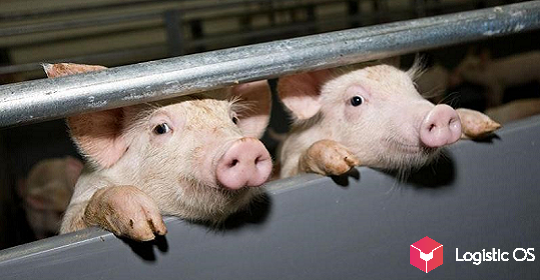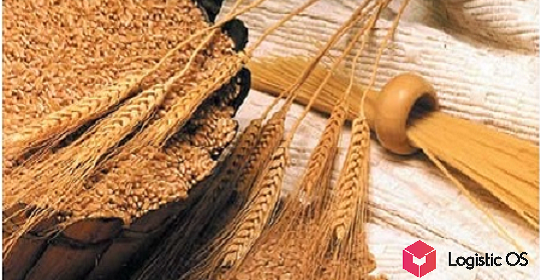Grain producers and exporters are extremely concerned about the measures the government has already introduced so far. But the worst is yet to come.
Based on the measures taken by the government, the mechanism of constant duties should solve several problems:
— Depriving grain producers of the hope that the duty will someday be lifted.
— Get them to sell their products now, rather than keep them in the bins.
— Thanks to this — to reduce the cost of grain and prices for bakery products on the domestic Russian market.
At the same time, some experts consider the strategy itself extremely erroneous. According to the Russian Guild of Bakers and Confectioners, flour is only about 20-25% of the final cost of bread (the rest is transportation costs, electricity, salaries of specialists).
And if this is so, then a reduction in the price of flour even 2-3 times will change the final price of a loaf in the store by only a couple of rubles. And this is clearly not worth the sacrifices that are planned to be made in the name of this.
What will farmers get from a permanent price damper?
For example, these are multi-billion dollar losses.
In 2020, Russia harvested 133 million tons of grain, of which 54.5 million were sold for export (the lion’s share remained within the country).
The country’s budget revenues from grain exports amounted to $ 10 billion, grain exports increased by 20% compared to 2019.
Grain producers finally breathed a sigh of relief when they saw exports as a stable source of necessary funds for development.
Fees can make it all over. For the next 2 seasons, manufacturers are projected to miss up to $ 2.8 billion.
Today, a third of the farmers are already planning to reduce their acreage by 10% or more. And if so, then the harvest of 2020 may remain a record for a long time.
At the same time, the government has not canceled its ambitious plan to reach an agricultural export target of $ 35 billion in 2024.
Of course, if the dollar depreciates by an order of magnitude by that time, this can be done even with a significant decrease in the yield.
But if not, then such a goal becomes completely illusory. Farmers do not believe that even the records of 2020 will be able to be repeated in the coming years (while maintaining duties).
In addition, Russian exporters risk losing their leading position in the international market. And also — investors who are unhappy with the fact that the Russian agro-industrial complex is becoming less predictable and profitable.
Will a grain exchange appear in Russia?
As the Minister of Economic Development of the Russian Federation Maxim Reshetnikov noted, such an exchange is urgently needed.
But creating it overnight is unlikely to succeed.
First, you need to start the registration of export contracts, which will be done from April 1.
As for the duty on wheat, it is planned to calculate it as 70% of the difference between the amount of $ 200 per ton and the contract price.
The duty on wheat is currently € 50 per tonne.
However, the most difficult thing in creating a Russian exchange is to convince exporters to use it, to explain to them what the benefits are and how they can hedge their risks there.
Russia today does not have its own grain price indicator and developed exchange trading.
Initially, price indicators will be based on information about over-the-counter contracts registered on the National Commodity Exchange, and only in the future it will be possible to use exchange quotes for goods.
All this requires a lot of work on the part of the exchange — it is necessary to provide an instrument that will be in demand on the market.

